Home>Renovation & DIY>Tools & Equipment>What Grit Sandpaper For Turkey Call


Tools & Equipment
What Grit Sandpaper For Turkey Call
Published: December 20, 2023
Find the right grit sandpaper for your turkey call project with our comprehensive guide. Get the best tools and equipment for the job.
(Many of the links in this article redirect to a specific reviewed product. Your purchase of these products through affiliate links helps to generate commission for Storables.com, at no extra cost. Learn more)
Introduction
When it comes to crafting your very own turkey call, it's crucial to pay attention to every detail, including the type of sandpaper you use. Sanding is a critical step in the process of creating a turkey call, as it helps to refine the surface and ensure a smooth, polished finish. However, not all sandpapers are created equal, and choosing the right grit can significantly impact the outcome of your project.
In this comprehensive guide, we will delve into the world of grit sandpaper and explore the various options available for crafting the perfect turkey call. Whether you're a seasoned woodworker or a novice craftsman, understanding the nuances of grit sandpaper and its role in creating top-quality turkey calls is essential. So, let's embark on this journey to uncover the secrets of choosing the right grit sandpaper for your turkey call project.
Key Takeaways:
- Choose the right sandpaper grit for turkey calls: start with coarse grit (80-120) for shaping, then move to medium grit (150-180) for smoothing, and finish with very fine or extra fine grit (220-320) for polishing.
- Understanding wood and sandpaper characteristics is crucial for crafting top-quality turkey calls. Different wood species may require tailored sanding approaches, and the right sandpaper grit can elevate the quality and aesthetic appeal of the final product.
Read more: What Grit Sandpaper For Varnish
Understanding Grit Sandpaper
Grit sandpaper is a key tool in woodworking and crafting, designed to smooth and refine surfaces through abrasion. The "grit" refers to the number of abrasive particles per square inch of the sandpaper. The higher the grit number, the finer the particles and the smoother the sandpaper. It’s important to note that different grits are suitable for different purposes, and understanding the range of grit options is essential for achieving the desired results in your turkey call project.
Common grit ranges include coarse (40-60 grit), medium (80-120 grit), fine (150-180 grit), very fine (220-240 grit), and extra fine (280-320 grit). Coarse grit sandpaper is ideal for initial material removal and shaping, while finer grits are used for smoothing and polishing the surface. For crafting a turkey call, a combination of medium and fine grit sandpapers is typically employed to achieve the desired smoothness and finish.
Furthermore, the type of abrasive material used in the sandpaper, such as aluminum oxide, silicon carbide, or garnet, can also influence its performance and suitability for specific woodworking tasks. Each abrasive material offers unique characteristics, making it essential to select the most appropriate option for your project.
Understanding the intricacies of grit sandpaper empowers craftsmen to make informed decisions and produce high-quality, professional-grade turkey calls. By mastering the art of grit selection, you can elevate your woodworking skills and create exceptional turkey calls that resonate with precision and craftsmanship.
Use 120-150 grit sandpaper for shaping and smoothing the surface of a turkey call. This grit is coarse enough to remove material efficiently but fine enough to leave a smooth finish.
Choosing the Right Grit Sandpaper for Turkey Calls
When it comes to crafting turkey calls, the choice of grit sandpaper plays a pivotal role in achieving a flawless finish. The process of selecting the right grit sandpaper involves understanding the specific requirements of the project and tailoring the sandpaper grit to meet those needs. Here are some essential considerations for choosing the perfect grit sandpaper for your turkey call:
- Initial Shaping: To begin the turkey call crafting process, start with a coarse grit sandpaper, such as 80-120 grit, to shape the wood and remove any imperfections. This initial sanding stage sets the foundation for the subsequent smoothing and polishing steps.
- Smoothing and Refinement: Once the initial shaping is complete, transition to a medium grit sandpaper, typically in the range of 150-180 grit. This finer grit allows for the smoothing and refinement of the wood surface, ensuring that it is free from rough patches and blemishes.
- Final Polishing: For the final touches, employ a very fine or extra fine grit sandpaper, such as 220-320 grit, to achieve a polished and professional finish. This stage is crucial for enhancing the tactile and visual appeal of the turkey call, making it ready for the finishing touches.
It’s important to approach each sanding stage with precision and care, as the right combination of grit sandpapers can elevate the quality and craftsmanship of your turkey call. By gradually progressing from coarse to fine grits, you can achieve a seamless and refined surface that showcases the natural beauty of the wood.
Additionally, consider the type of wood being used for the turkey call, as different wood species may respond differently to various grit sandpapers. Some woods may require more aggressive sanding with coarser grits, while others may demand gentler treatment with finer grits to avoid over-sanding and surface damage.
Ultimately, the art of choosing the right grit sandpaper for turkey calls lies in understanding the characteristics of each grit, assessing the specific needs of the project, and skillfully navigating through the sanding process to unveil the true potential of the wood.
Conclusion
As we conclude our exploration of grit sandpaper for crafting turkey calls, it’s evident that the choice of sandpaper grit significantly influences the outcome of the woodworking project. By understanding the nuances of grit sandpaper and its role in shaping, smoothing, and refining wood surfaces, craftsmen can elevate their craft and produce exceptional turkey calls with a professional finish.
From the initial shaping with coarse grit sandpaper to the meticulous smoothing and final polishing with finer grits, each stage of the sanding process contributes to the overall quality and aesthetic appeal of the turkey call. The careful selection and application of grit sandpapers enable craftsmen to unleash the natural beauty of the wood, creating turkey calls that resonate with precision and artistry.
Furthermore, the choice of sandpaper grit is not only influenced by the specific woodworking project but also by the type of wood being used. Different wood species may require tailored sanding approaches, highlighting the importance of understanding the characteristics of both the wood and the sandpaper grits.
By mastering the art of choosing the right grit sandpaper for turkey calls, craftsmen can embark on a journey of creativity and precision, transforming raw materials into finely crafted masterpieces. Whether you’re a seasoned woodworker or a passionate novice, the knowledge and application of grit sandpaper principles will undoubtedly enhance your woodworking endeavors and yield remarkable results.
So, as you embark on your next turkey call crafting adventure, remember that the choice of grit sandpaper is not just a technical decision but an artistic one, shaping the very essence of your creation. Embrace the intricacies of grit sandpaper, and let it guide you towards crafting turkey calls that embody craftsmanship, elegance, and the timeless allure of woodworking.
Frequently Asked Questions about What Grit Sandpaper For Turkey Call
Was this page helpful?
At Storables.com, we guarantee accurate and reliable information. Our content, validated by Expert Board Contributors, is crafted following stringent Editorial Policies. We're committed to providing you with well-researched, expert-backed insights for all your informational needs.


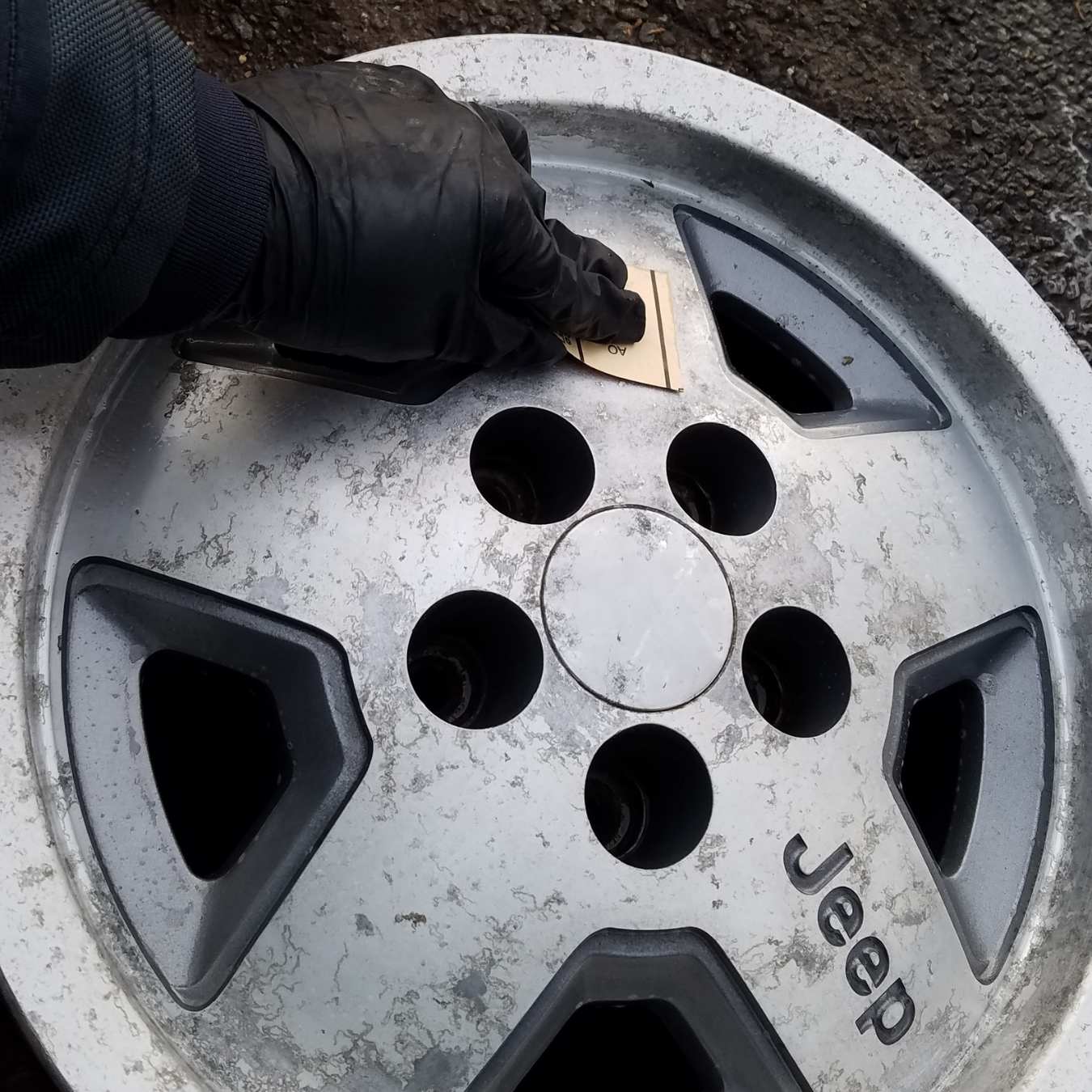

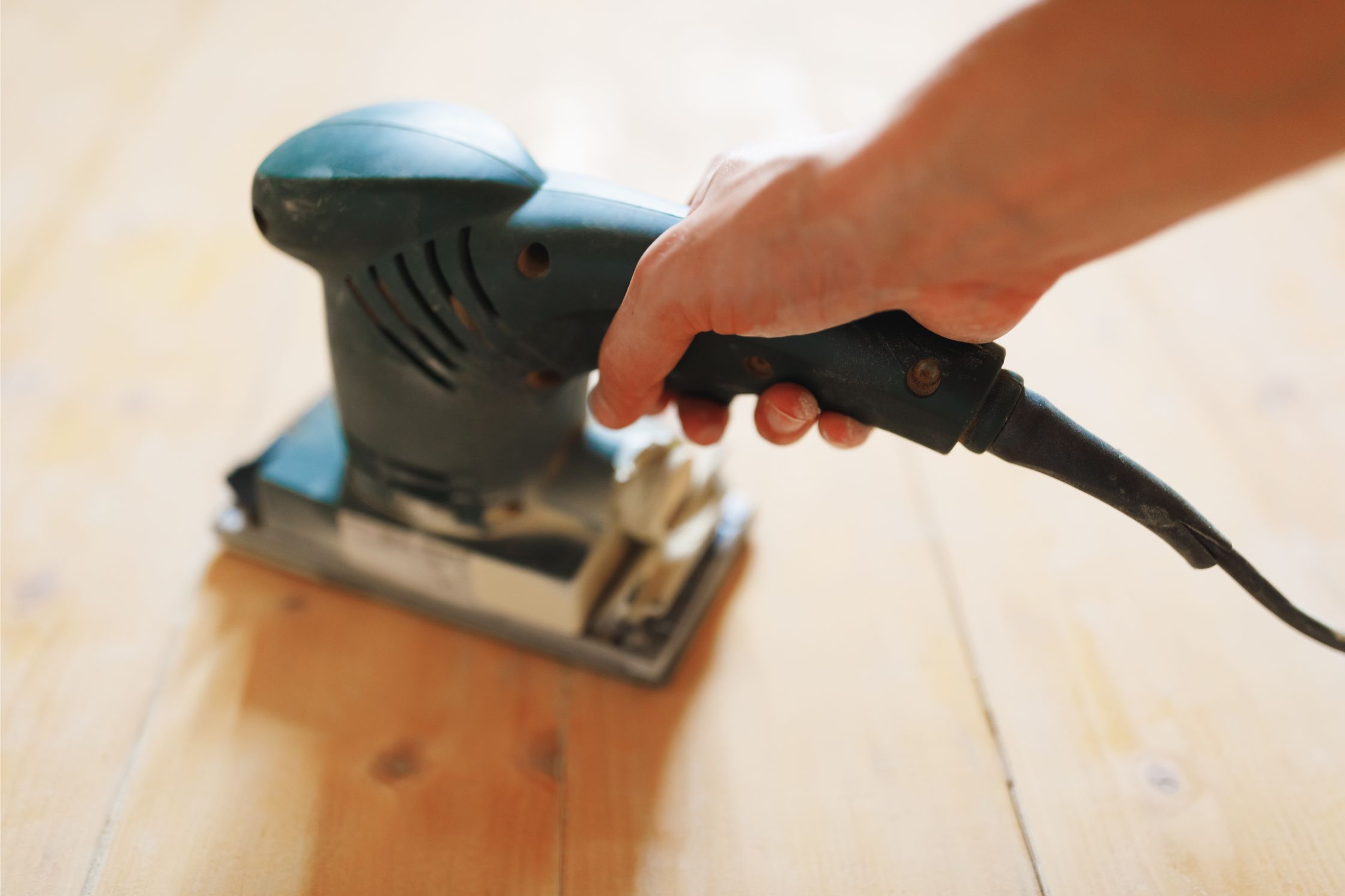
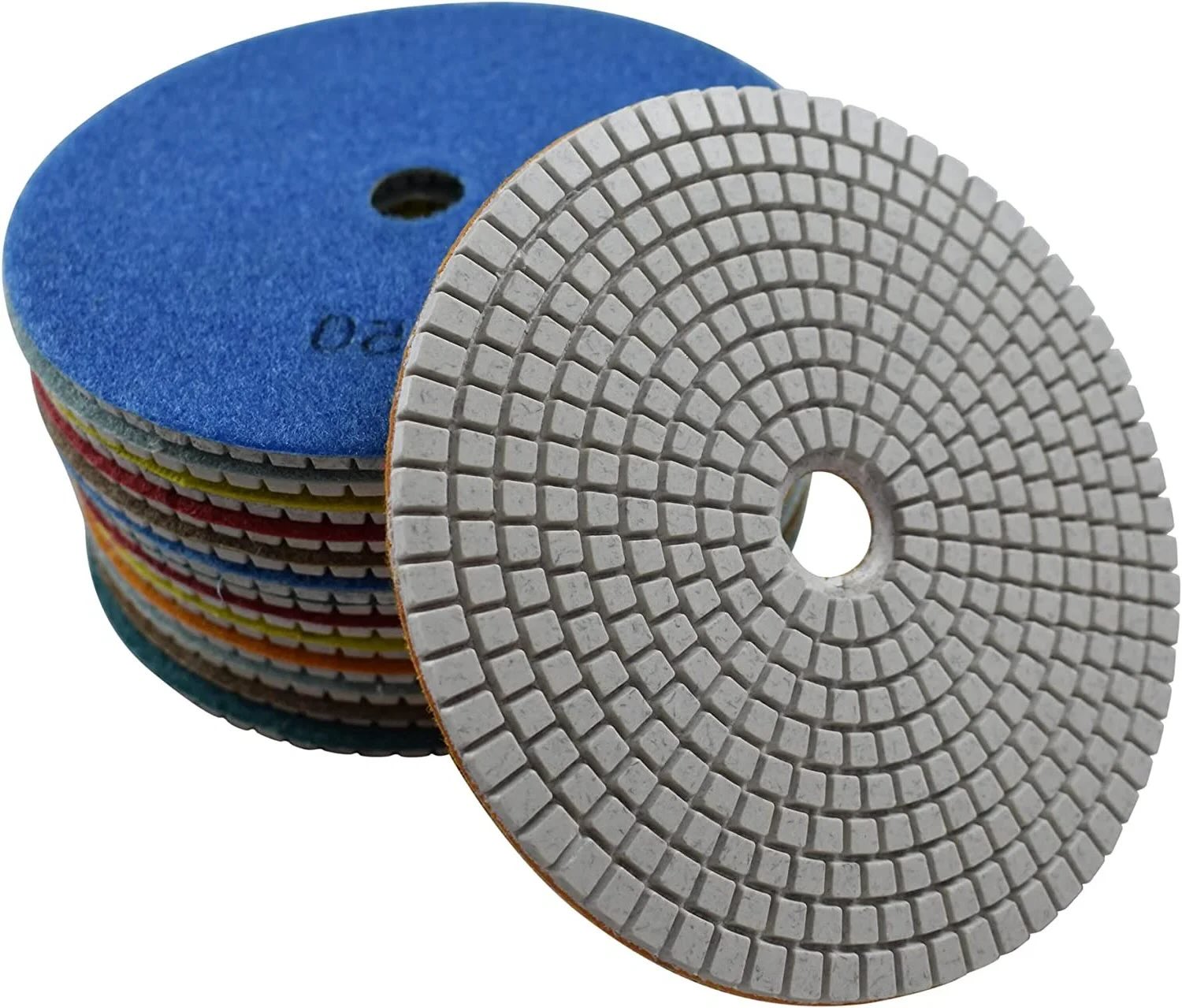
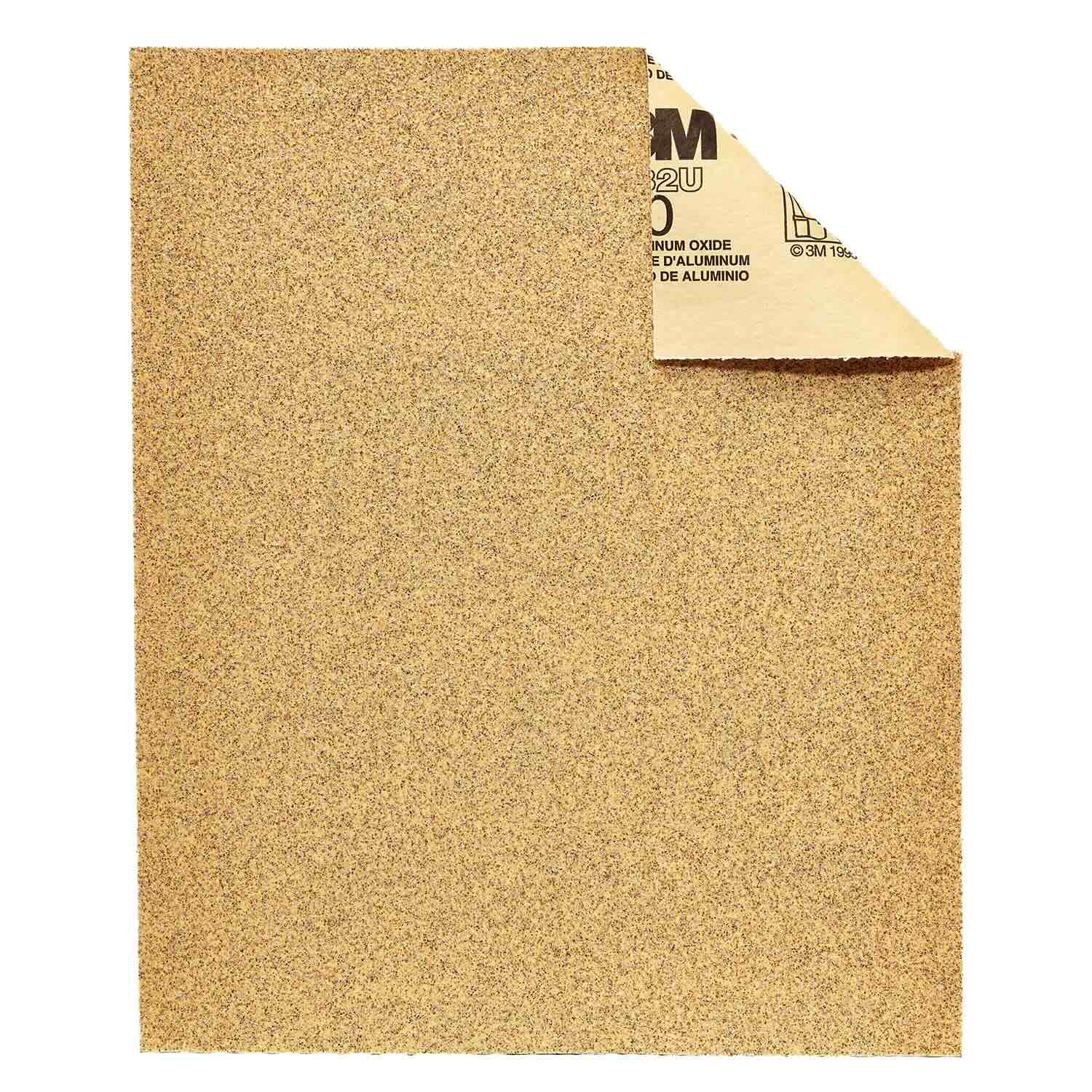
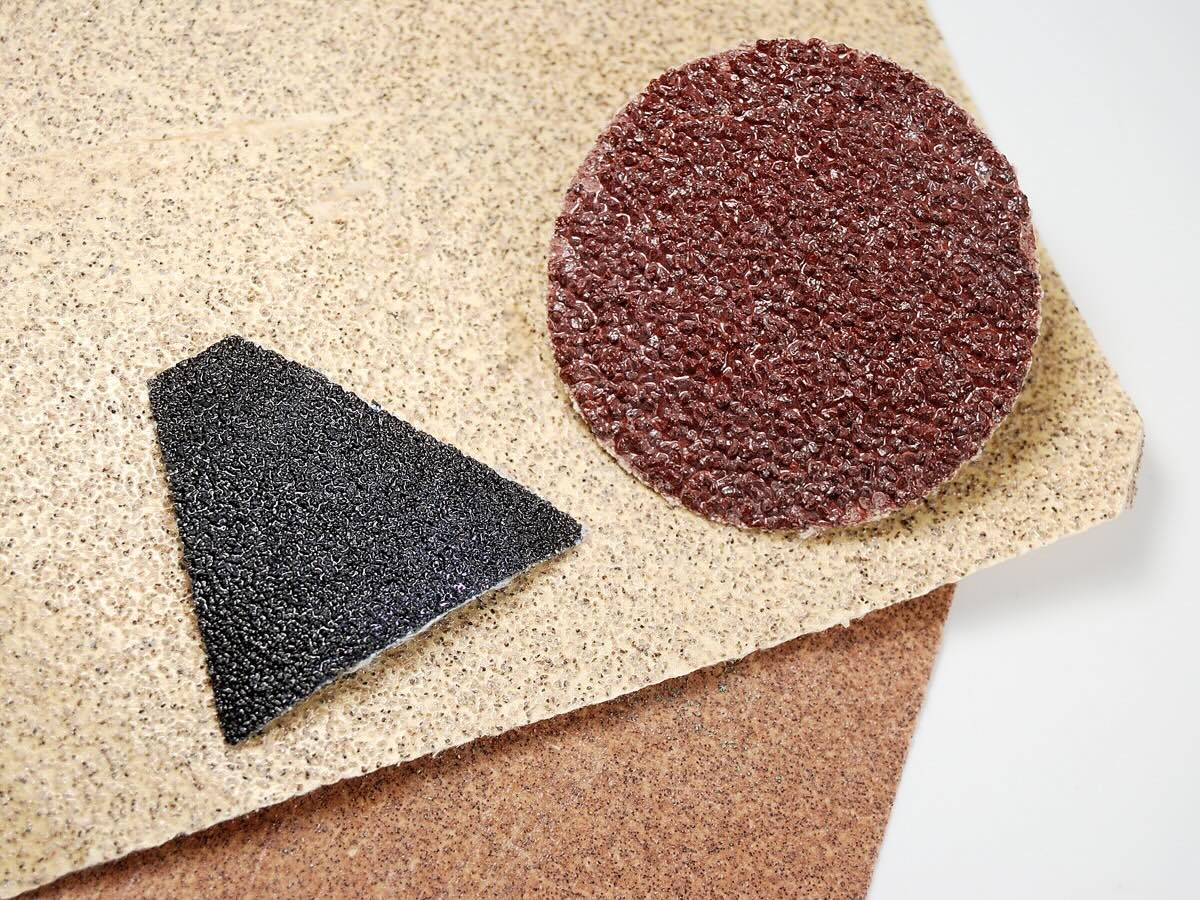
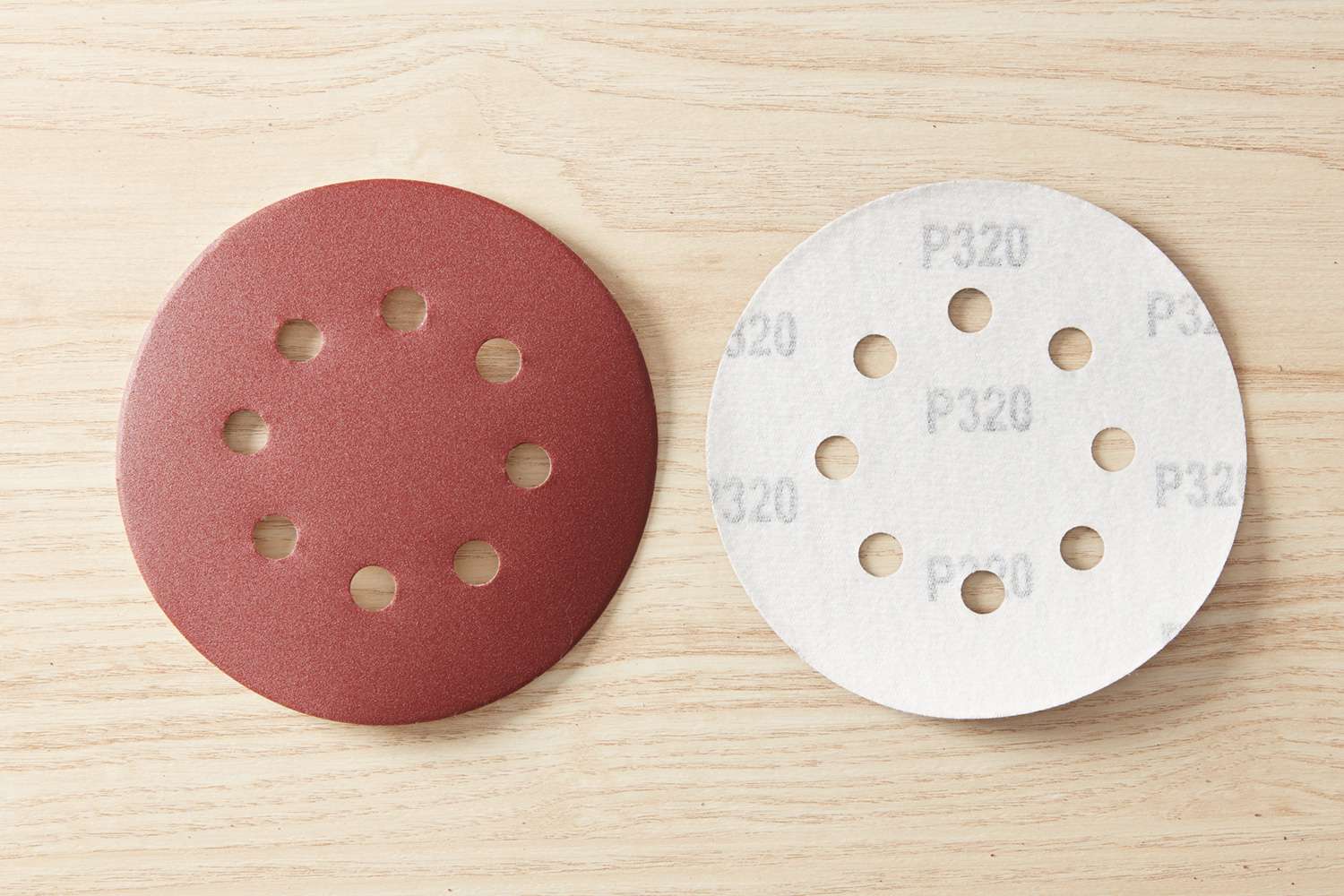
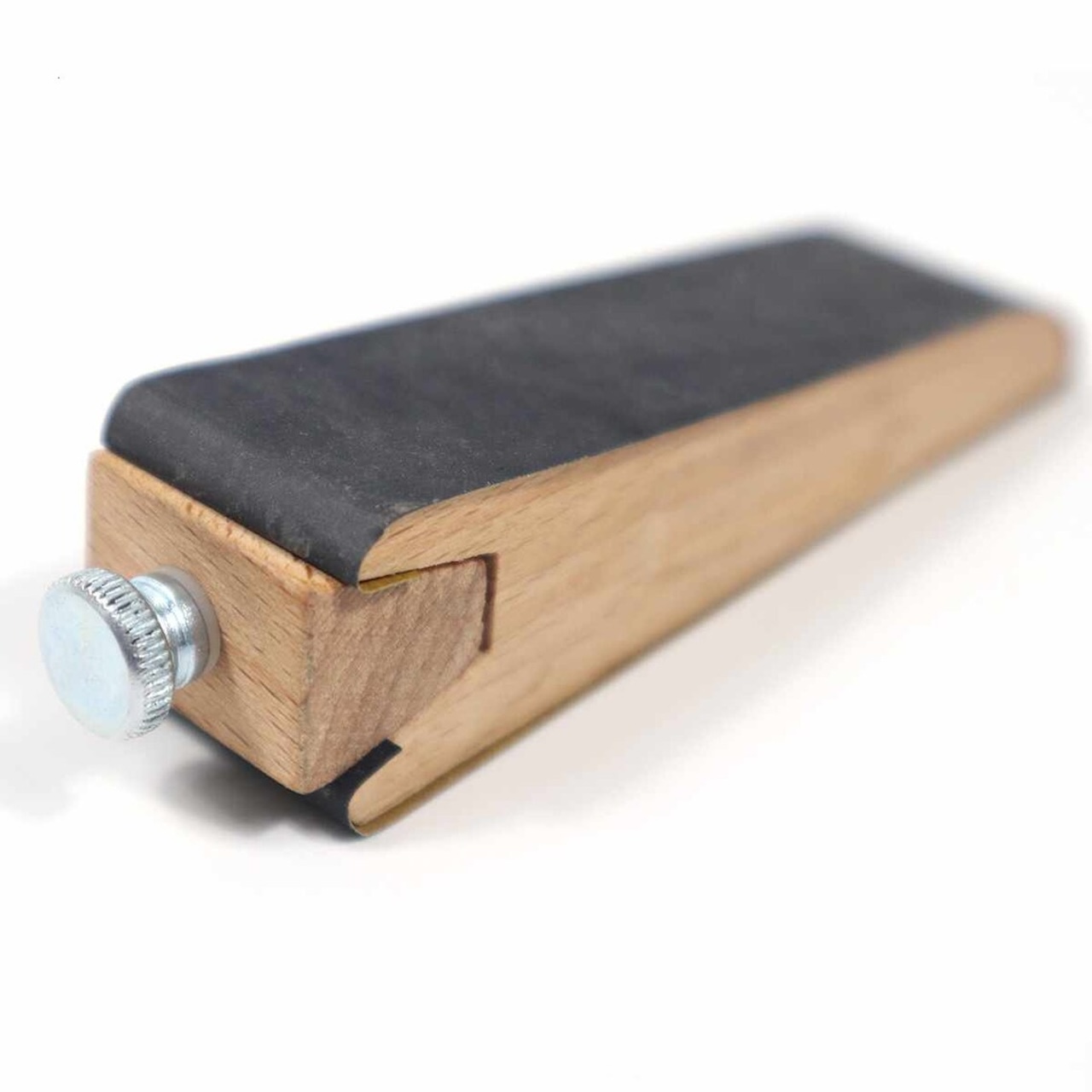
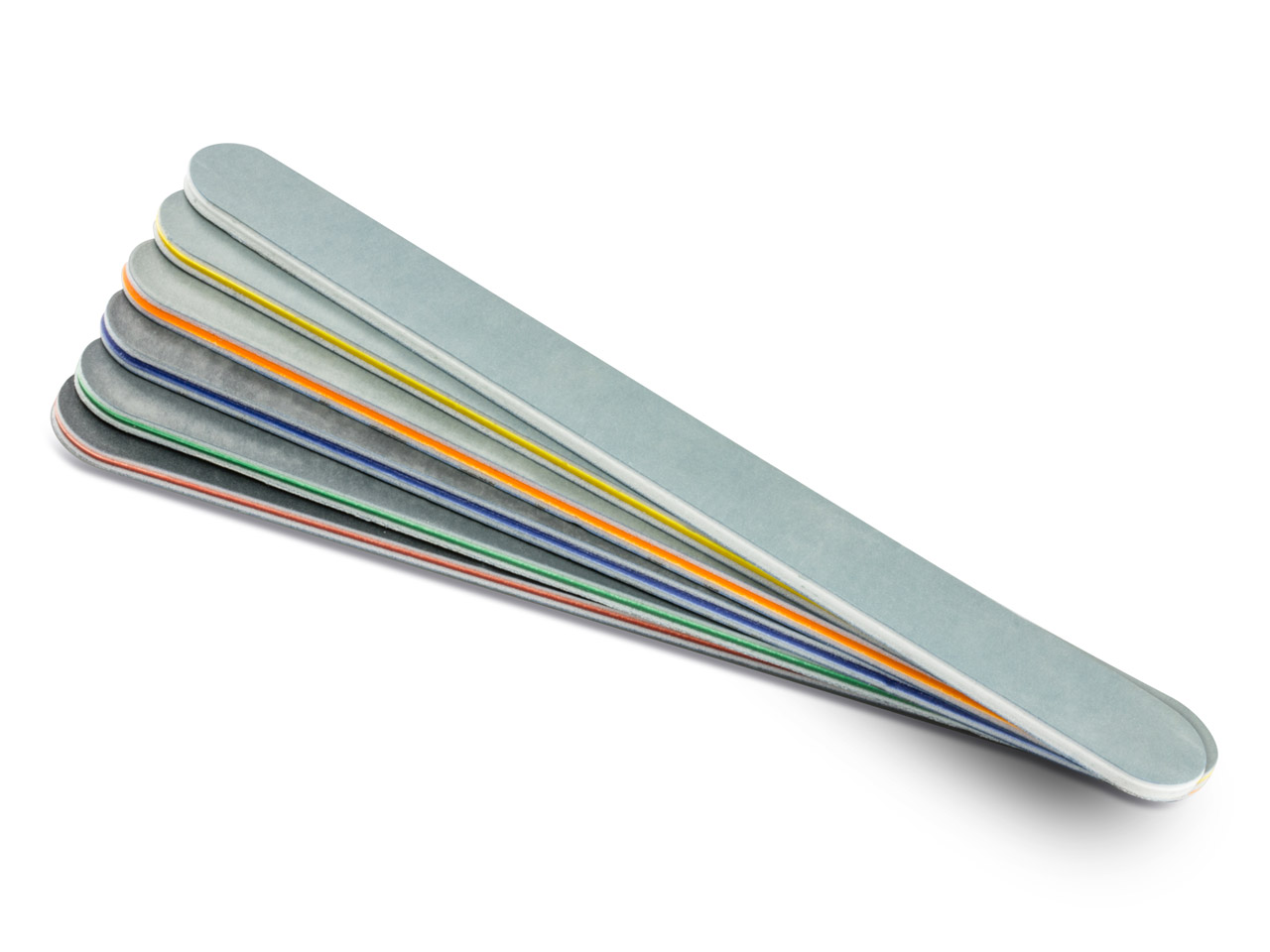
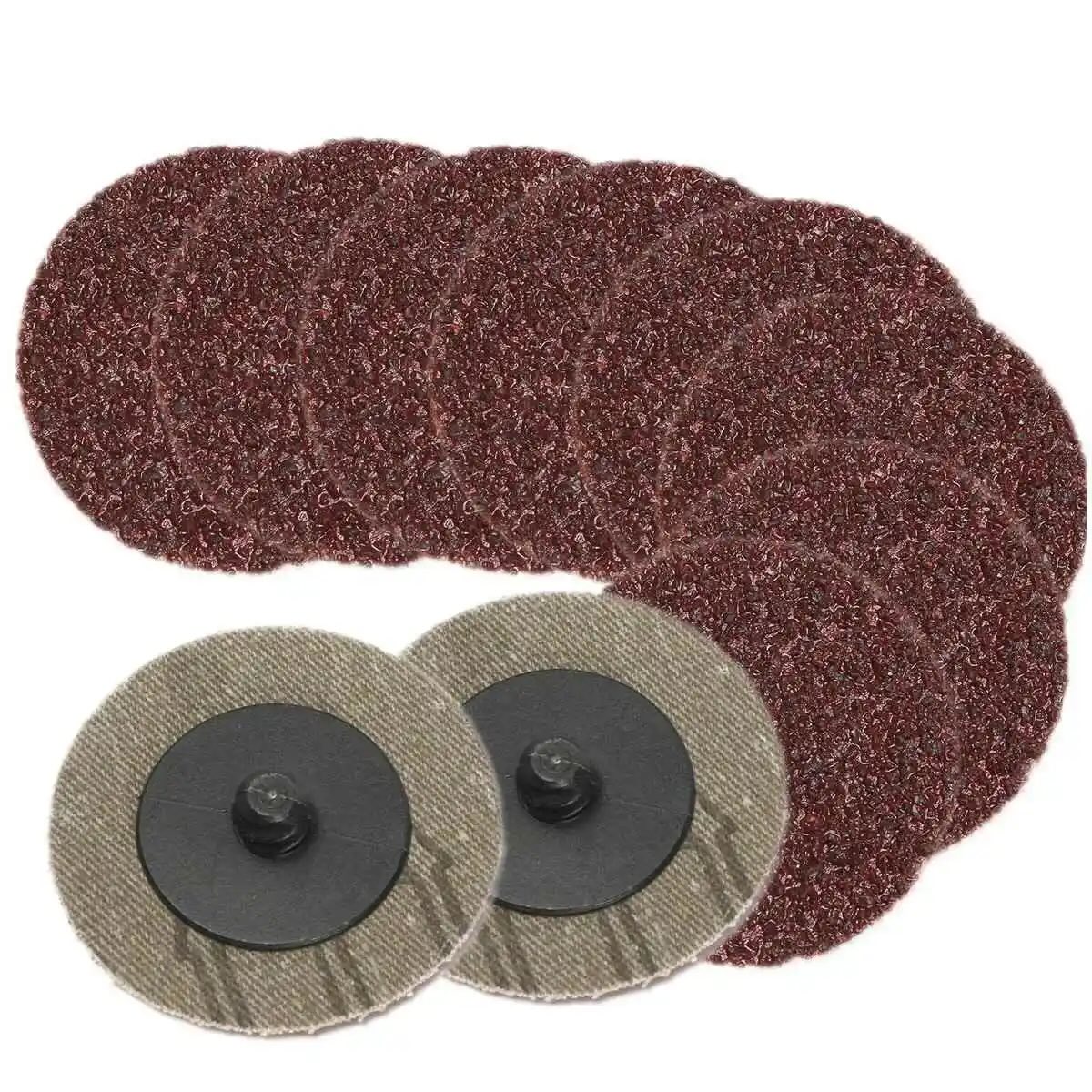
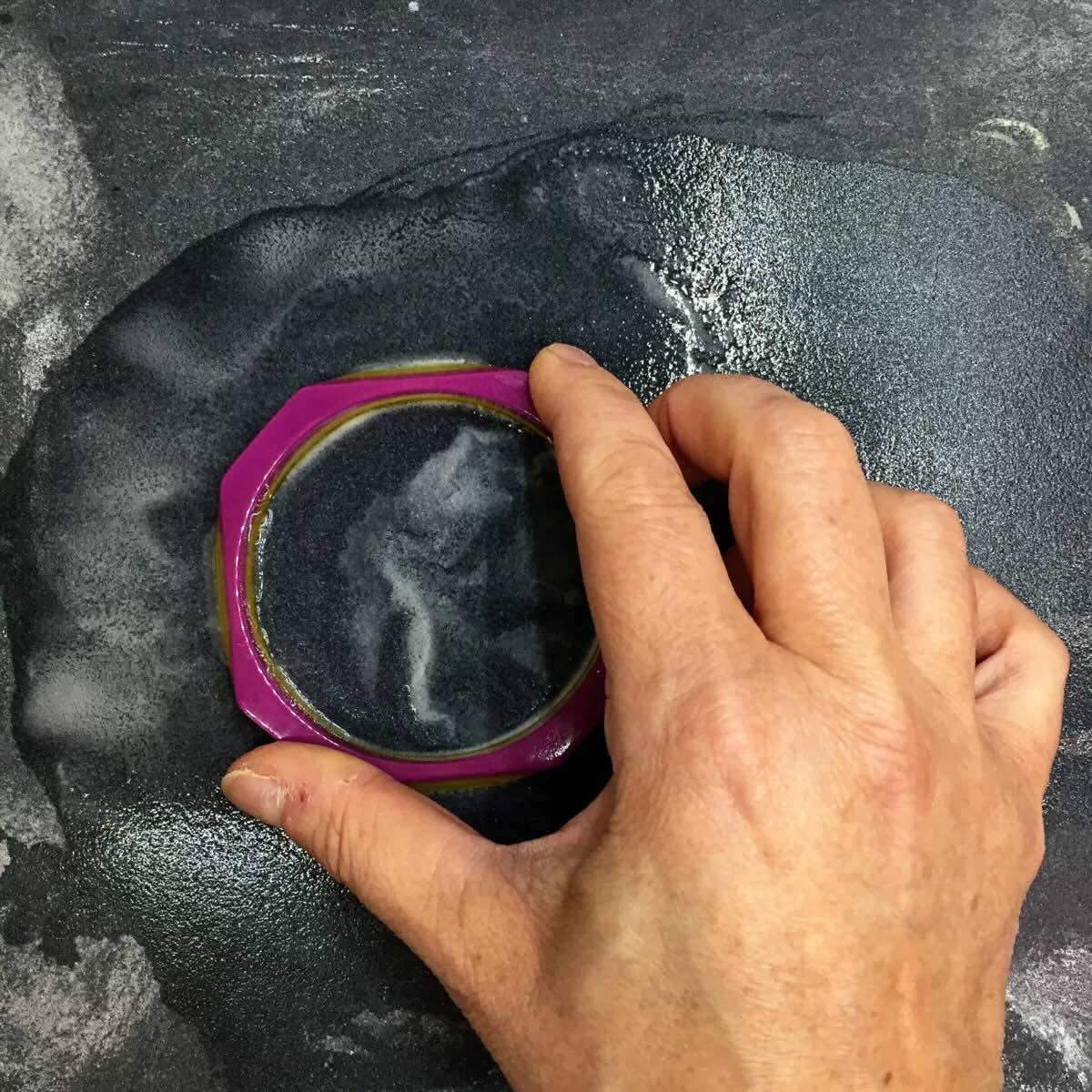
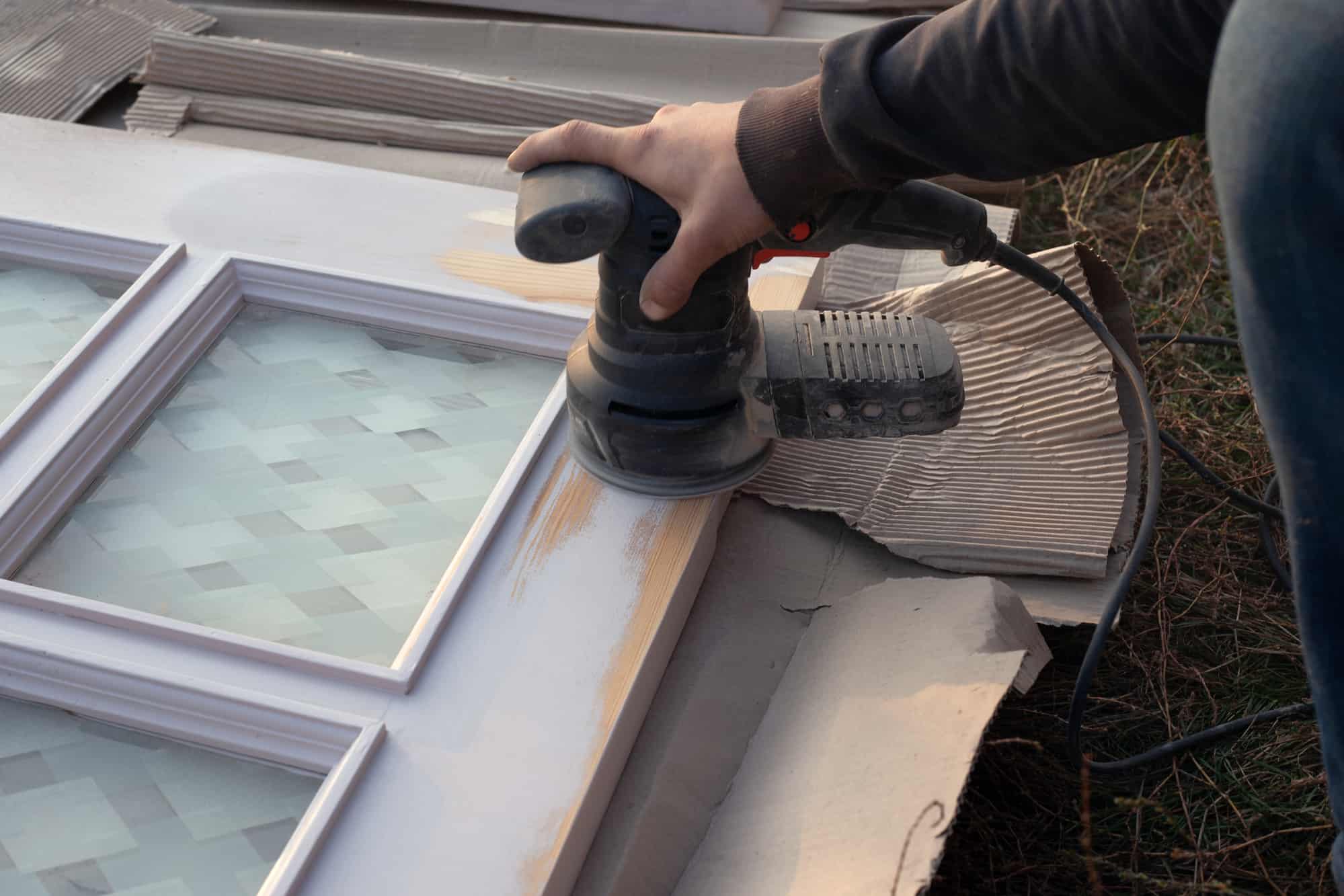
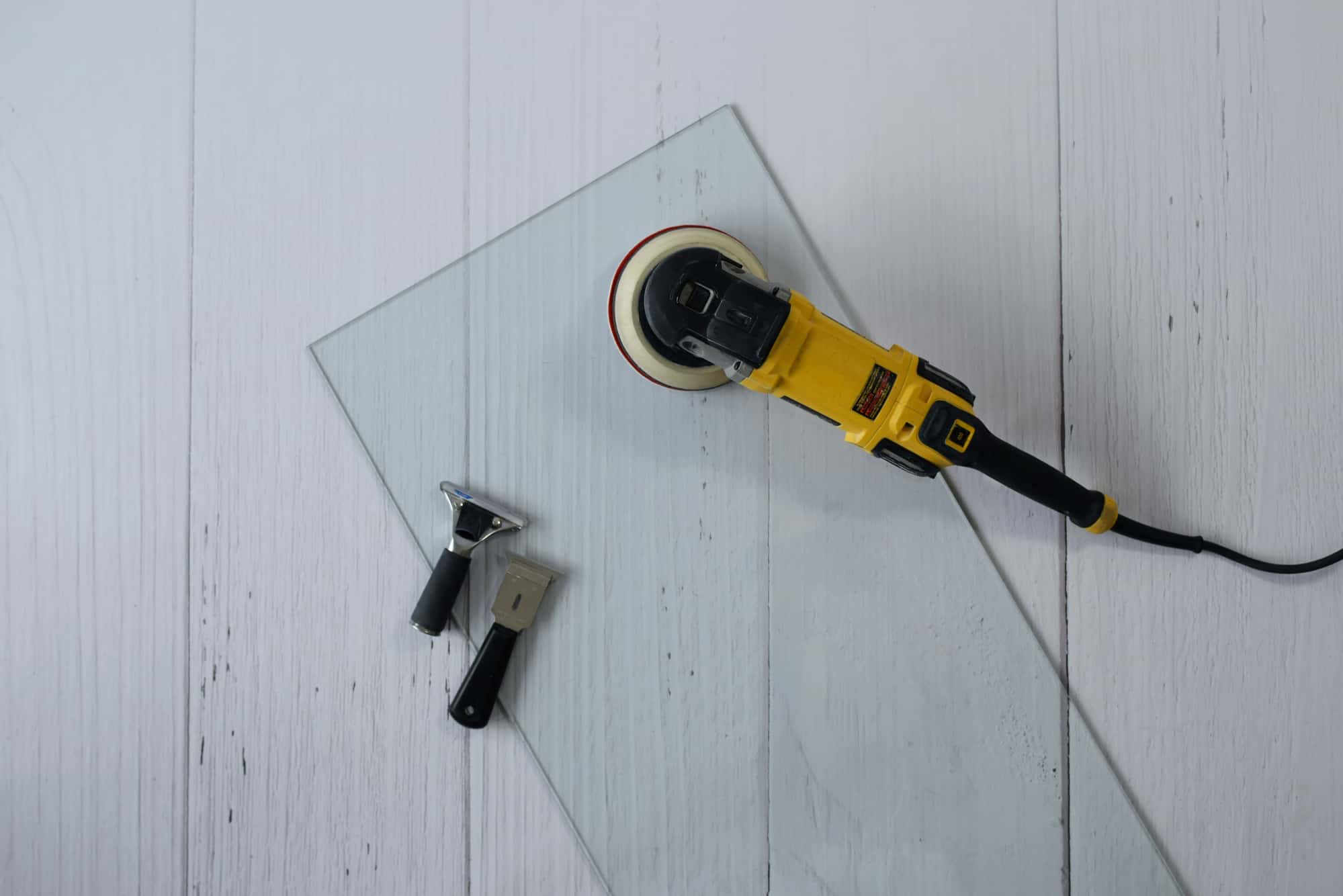

0 thoughts on “What Grit Sandpaper For Turkey Call”